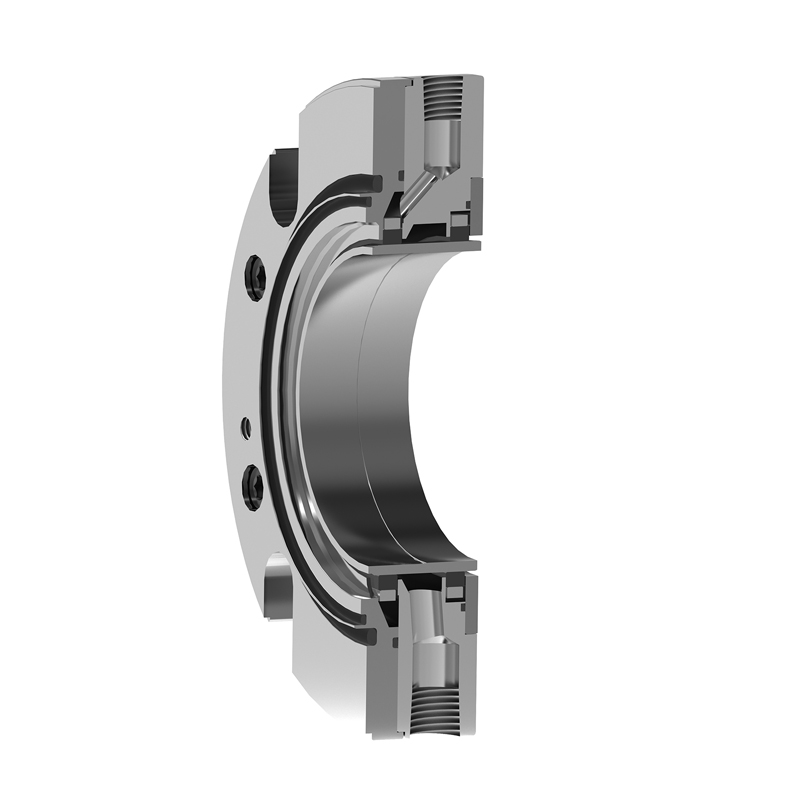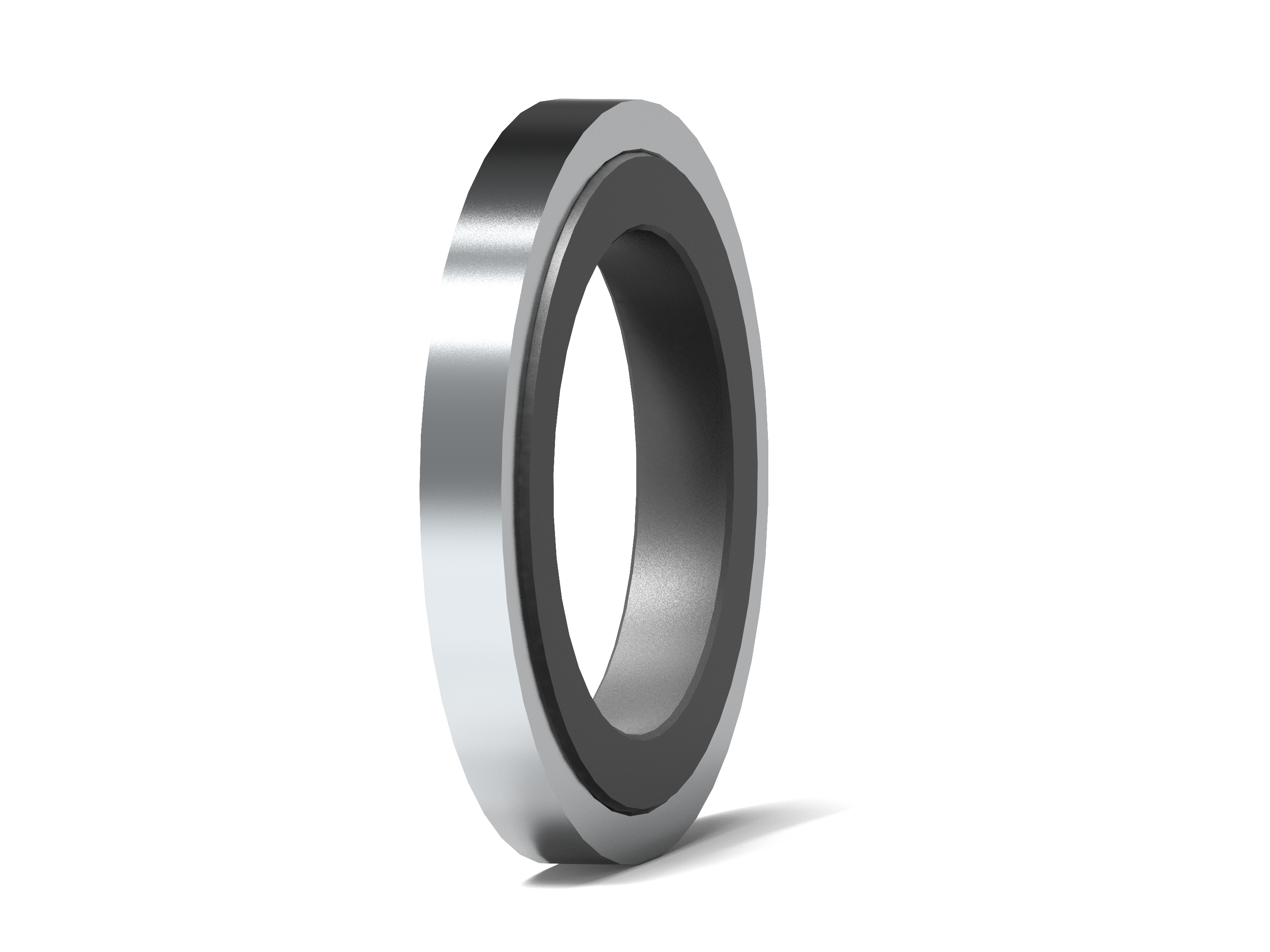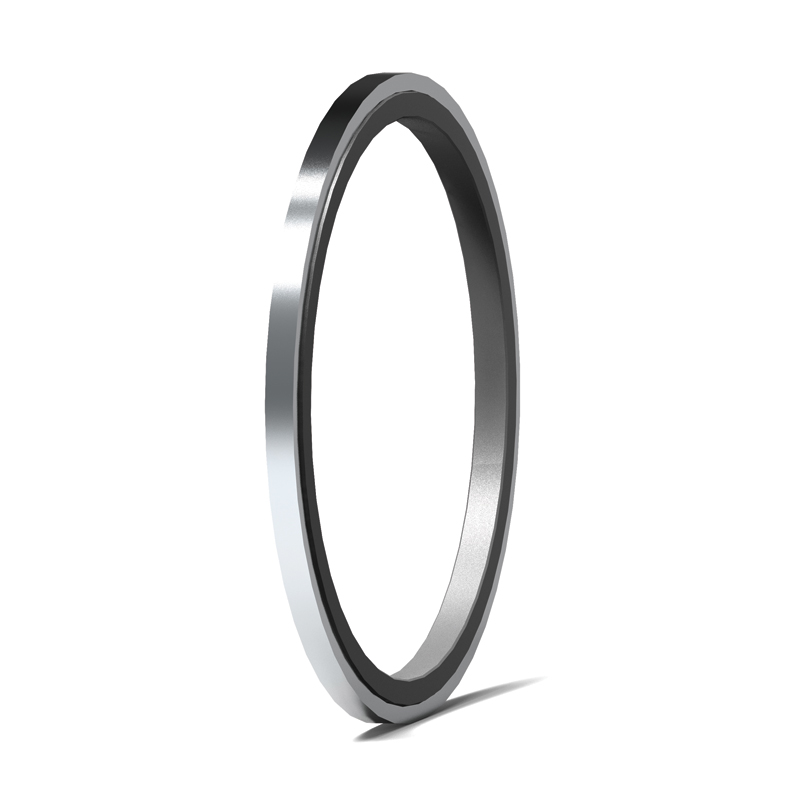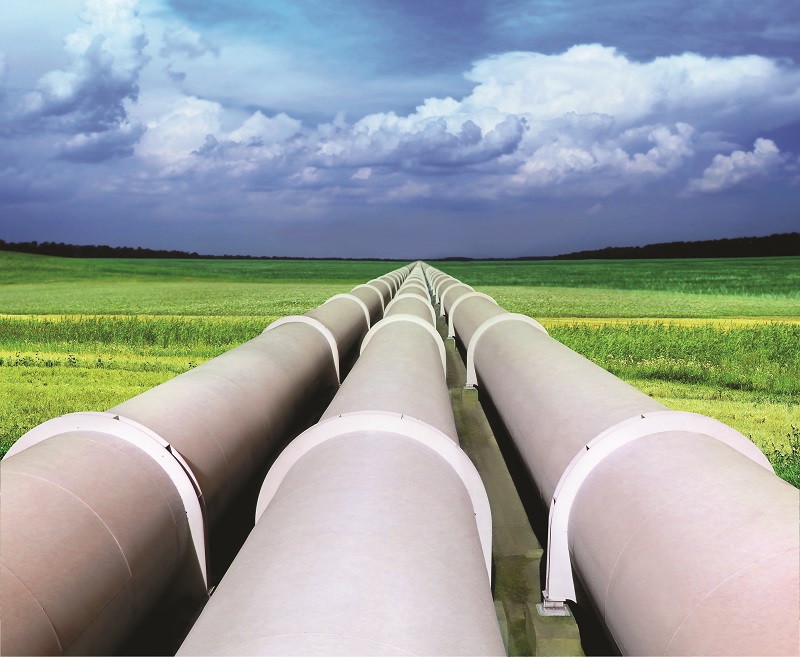November 25, 2019 | 3 minute read

Crude oil pipeline pump applications are unique in the hydrocarbon processing industry. The application, equipment and operating environment are all unique from the typical hydrocarbon process pump in a refinery or petrochemical plant. The crude oil pipeline network is huge, and continues to grow as old lines are upgraded and new capacity is added. The top 10 pipelines in the U.S. in 2016 covered more than 60,000 miles, and according to EIA data U.S. crude oil production doubled between 2010 and 2018, with about 70 percent of that growth coming from the Gulf Coast region. U.S. Gulf Coast crude oil production grew from 5.2 million barrels per day (b/d) in 2014 to nearly 7.1 million b/d in 2018, driven by production in the Permian Basin in western Texas and southeastern New Mexico.
Crude oil pipelines make up around one-third of the liquid hydrocarbon lines in the continental U.S., involving an ever increasing population of pumping stations and fluid handling equipment. In 2013 within the U.S., pipelines delivered 8.3 billion barrels of crude oil and 6.6 billion barrels of petroleum products (gasoline, diesel, jet fuel, etc.) and natural gas liquids (propane, ethane, etc), 11.3 percent higher than 2012 deliveries, and steadily climbing year over year.
Pumping stations that serve transmission and gathering lines can be very remote and often unmanned for extended periods of time, necessitating remote monitoring and control, without the luxury of walk-around inspections and on-the-ground human intervention in the event of a problem manifesting.

Environmental regulations imposed on the operators in regard to leaks and spills are aggressive, so the provision of a reliable pumping and containment solution is critical to an operators P&L. Lost production due to outages can quickly eclipse $150k/hour and have non-favorable market implications, as well as excessive clean-up and regulatory costs.
Pipelines require seal solutions that deliver extended reliability in clean, dirty or mixed crudes, with a desire to run in excess of 20,000 hours. Mechanical seals in this environment are well understood, but containment sealing is evolving as better and simpler solutions are developed. API Plan 66A is an attempt to improve containment reliability while maintaining the simplicity of operation favored in remote, unmanned locations.

Now, in 2019, we are proud to launch our Secondary Containment Bushing (SCB), designed specifically for use with single mechanical seals required to meet stricter environmental planning standards using a Plan 66A piping plan. The combination of 8648VRS and SCB provides improved pump, station and line up-time, and lower ongoing maintenance costs due to the patented no-hangup NPSS technology, but now also permits the use of a Plan 66A. Using a compliant Plan 66A piping plan enables better-managed process leakage and improved environmental security in normal running and failure conditions.
We are continuing to develop our technological processes specifically for pipeline initiatives, but are already able to provide the safe operation and effective management of remote crude oil pumping stations that’s critical to an operators’ P&L.
